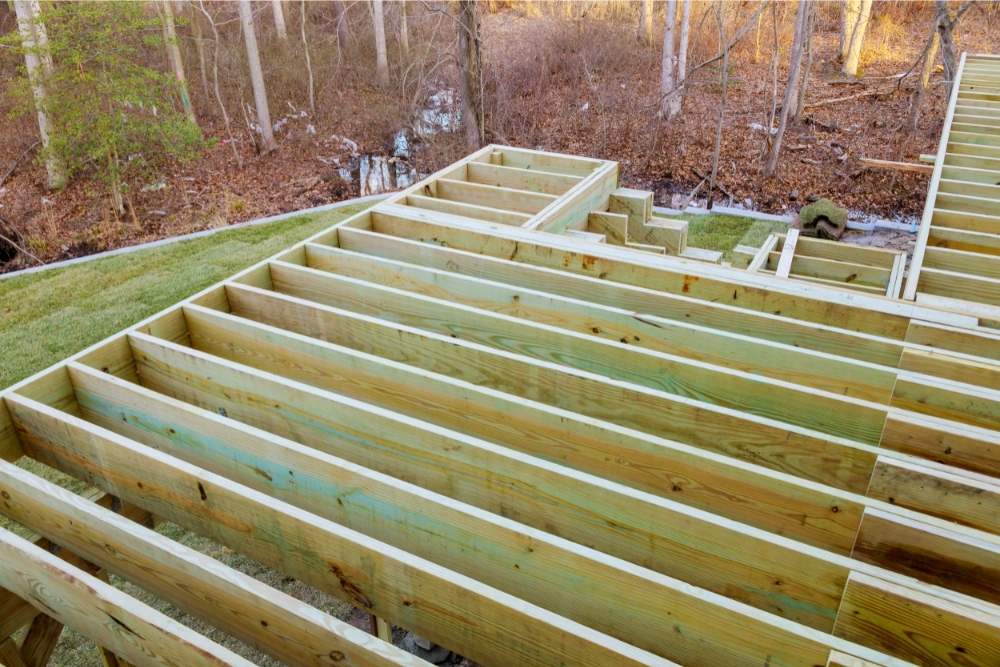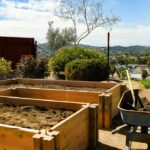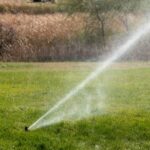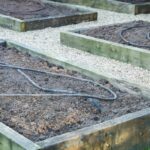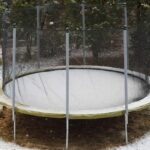The growing season is over, and you need to prepare for winter. A raised garden bed has more maintenance than a simple garden on the ground, even with additional steps to ensure a successful spring season. This means the raised bed requires winterizing, which consists of preparing the soil for winter and getting a head start for spring. Old plants need to be discarded; perhaps you can even lay down a cover crop to grow, though mulch works too if you are strapped for time.
Preparing your raised bed for winter by removing weeds and spent plants, performing the last harvest, adding compost or mulch, and preparing perennials for winter. Laying down a cover crop or a layer of mulch can help protect your soil from disease, pests, and nutrient runoff.
Just because the growing season is over doesn’t mean the work with your raised bed is either. A lot of work and care goes into maintaining a raised garden bed, from weeding and adding more nutrients to growing a cover crop throughout winter. It takes a lot to enjoy all the additional benefits of having a raised garden, but it is always worth it after that initial harvest or bloom.
How Do You Prepare a Raised Garden Bed for Winter?
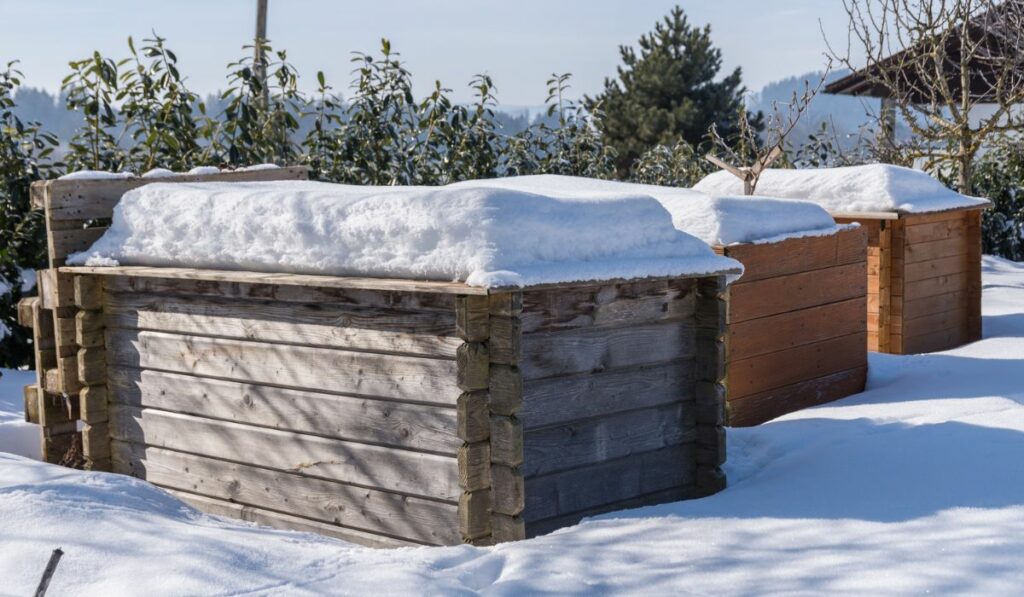
Preparing your raised garden bed for winter is key to sustaining healthy soil for the following year. It will also help ward off weeds and prevent disease from setting in. You can take several steps to ensure your raised garden bed is ready for winter and then be prepared for next spring’s sowing period without any additional work or hassle.
Remove the Weeds
Weeding is essential in the fall, even if your crops have stopped growing or have already died off due to the cold. Autumn weeds carry diseases that can harm the plants the following year, but they also lay down roots for future weed problems that can come back with a vengeance once the weather gets warm.
Think about how your perennials come back bigger each year. In fact, some seeds from these weeds can continue to produce for 30 or 40 years, making them a constant annoyance in your garden.
If parts of your garden are covered in weeds, cover them with black plastic or a thick layer of cardboard and leave that in place throughout the entire winter season. This will choke out any existing weeds and suffocate any attempts to sprout as the weather begins to warm. Weeds are the first thing to sprout.
Clean Up the Dead Plants
After the first frost has arrived, you want to clean up any dead or spent plant material. A good tip is to note where everything is and take a photo before ripping everything out. This will help remind you for next year, where everything was planted when you rotate your crops, an essential process to keep the soil and, ultimately, the plants healthy.
Old plants are unappealing to look at, but we dispose of the plant matter to circumvent any pests they might cover through winter or diseases they can trap. A lot of insects tend to bury into the dead plant matter to wait out the winter and then break free in the spring, only to eat the new sprouts just coming out of the soil.
Healthy dead plant material can be put into compost, but anything with mold or blight needs to be tossed in the trash or burned to prevent any further contamination. Harvest any remaining plants, even those green tomatoes, since they will ripen off the vine.
Root crops like carrots will continue to grow after the first frost for a few more weeks. So let them, but make sure you dispose of the plants before the ground freezes.
If your plants are healthy and disease free, and you don’t want to disturb the soil, cutting off any exposed plant matter and leaving the roots alone is also acceptable. This method is excellent for people that use a black tarp over their gardens with holes for each transplanted seedling.
Leaving the roots in the ground stops the plastic from needing to be ripped up. The roots will also break down in the soil, so it’s perfectly okay to leave them there even as you plant next spring.
Add Compost and Organic Material
It may seem a little odd to add compost or other organic material when nothing is going to be planted for a season, but doing so now will leave the soil full of nutrients and ready to accept the seeds and seedlings of your spring crops. You want to add about two inches of compost over the entire garden and then rake it to an even layer.
During winter, the natural process of freezing and thawing will help work the material into the soil, and when you go to plant in the spring, it will be already incorporated and ready to go.
Also, unlike in-ground gardens, raised garden bed soil tends to shrink as organic material is used up over the course of a growing season. Therefore, adding compost during the fall can help bolster the quantity with much-needed nutrients.
After the compost or other organic material has been raked in, add a sprinkle of ground limestone over the bed to raise the soil’s pH level. You want it to sit around 6.8. Then, lightly work the limestone into the soil with a spade fork (on Amazon).
Plant Cover Crops or Add Mulch
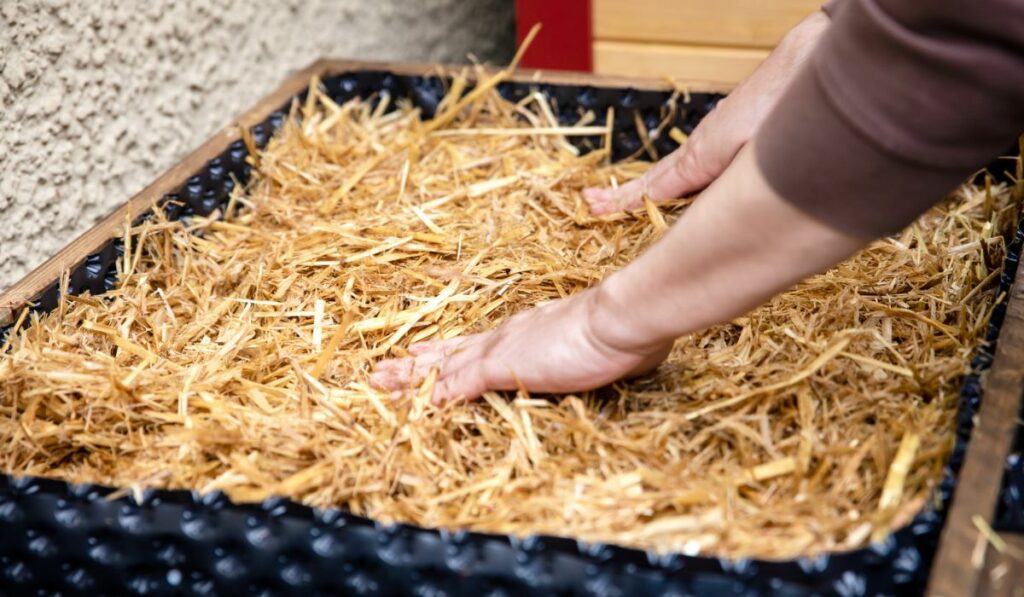
Cover crops such as vetch or alfalfa prevent winter erosion, ward off weeds, and help maintain healthy soil during winter. Choosing what cover crop to plant is essential, as some will die during the winter or even overwinter and become weeds during the regular growing season.
A good cover crop to use is oats. It’s quick-growing and can become established in cool temperatures while reliably dying in the winter. The dead plant matter benefits your spring crops with its organic waste, but you don’t have to incorporate it into your soil if you don’t want to.
Leaving it as a mulch on the top of your soil helps in the early growing season and blocks light from those first weeds that crop up. Oat plant matter also helps the soil retain moisture during the dry part of spring.
Oats can be sown at the end of August to early September, though some people have success planting them in October, depending on your climate.
Checking what cover crop works for your area is vital since the weather will be different, and each cover crop has different requirements to ensure it dies over winter.
If you don’t want to plant cover crops, you will need to cover the soil with organic mulch to prevent your compost and soil from diminishing in the winter or washing below root level as the snow and ice melts throughout the colder season.
Also, as the mulch breaks down, it adds a fresh layer of organic material to your soil, bolstering it for the spring yet again.
Take Care of Remaining Perennials
Even perennials that keep returning each year have some maintenance they need before the winter months. However, many of them need to be pruned back in the fall, so make sure you research the individual plants in your garden for optimal care and winterizing.
Generally, anything woody needs to be pruned, like blueberries, raspberries, and lavender. Likewise, green perennials, such as chives, must be cut back.
Remove Stakes and Plant Supports
Tomato cages, cucumber trellises, and stakes must come out of the soil before it freezes. Storing them in your shed for the winter months is a good idea, so the harsher weather doesn’t break or ruin them. Labeling each crop support can also be handy for next year when you pull everything out.
Add Season Extenders
Spring is a busy time for gardeners, with the rush to prepare soil and gardens and plant seedlings and seeds. So, while taking care of other winter tasks for your raised garden bed, build any season extenders you want to use next spring. That way, you already have your garden prepped and ready to go for early planting next year.
Ensure your hoop tunnels or other extenders are fully prepared for frost warnings so you can set them up quickly. In addition, having them handy for next spring can make it easier to pull them out at a moment’s notice.
Other Tips for Winterizing Your Raised Bed
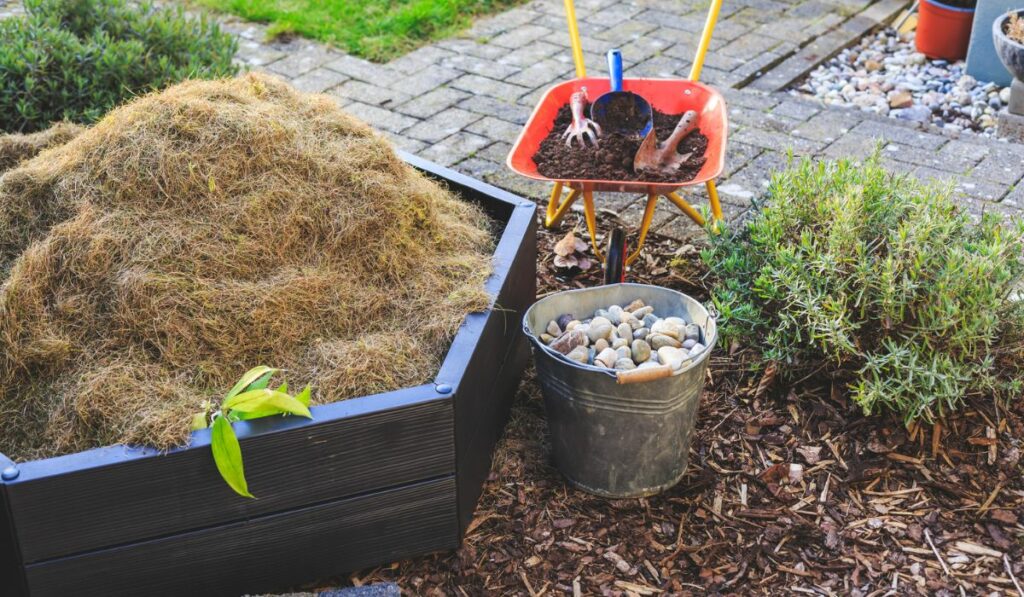
While performing the above winterizing steps is vital to the care and maintenance of your raised garden bed and soil, there are a few other things you can do to help ensure a prosperous and long growing season:
- Check the wooden frame of the raised bed. Any wood that has shifted through the year should be fixed, and anything rotted replaced.
- Chopped-up fall leaves are an excellent layer of winter mulch to lay over your garden bed for the cold season and are readily available for free in your very yard.
- Straw is another seasonal mulch that can be used. Using straw can hide freshly dug soil from squirrels looking to bury acorns for winter or dig up cover crops.
- If you cannot mulch your garden bed, covering it with a plastic sheet is just as effective in killing any weeds and preventing them from sprouting in the early spring.
- Manure, aged, composted, or fresh are all excellent choices for organic material to add to the garden when winterizing. However, only use fresh manure if you don’t plan on sowing any cover crops.
- Don’t mix the compost in. A simple rake to even out the 2-inch layer is ideal. The thawing and freezing over the winter month will mix it for you.
- Check for slugs since they are in abundance during fall. They hang around the garden bed in the nooks and crannies all season and then devour your crops in the spring.
- You want to ensure you get all the roots when pulling out your weeds. Large weeds can be difficult to fully remove, and using a Dutch hoe (on Amazon) can be helpful in this task.
- Using pruning shears (on Amazon) can help remove plants from the ground without disturbing the soil.
- If you are using the cutting method when removing your plants, instead of pulling them from the ground, it is essential not to disturb the soil with excessive tilling or mixing of materials.

